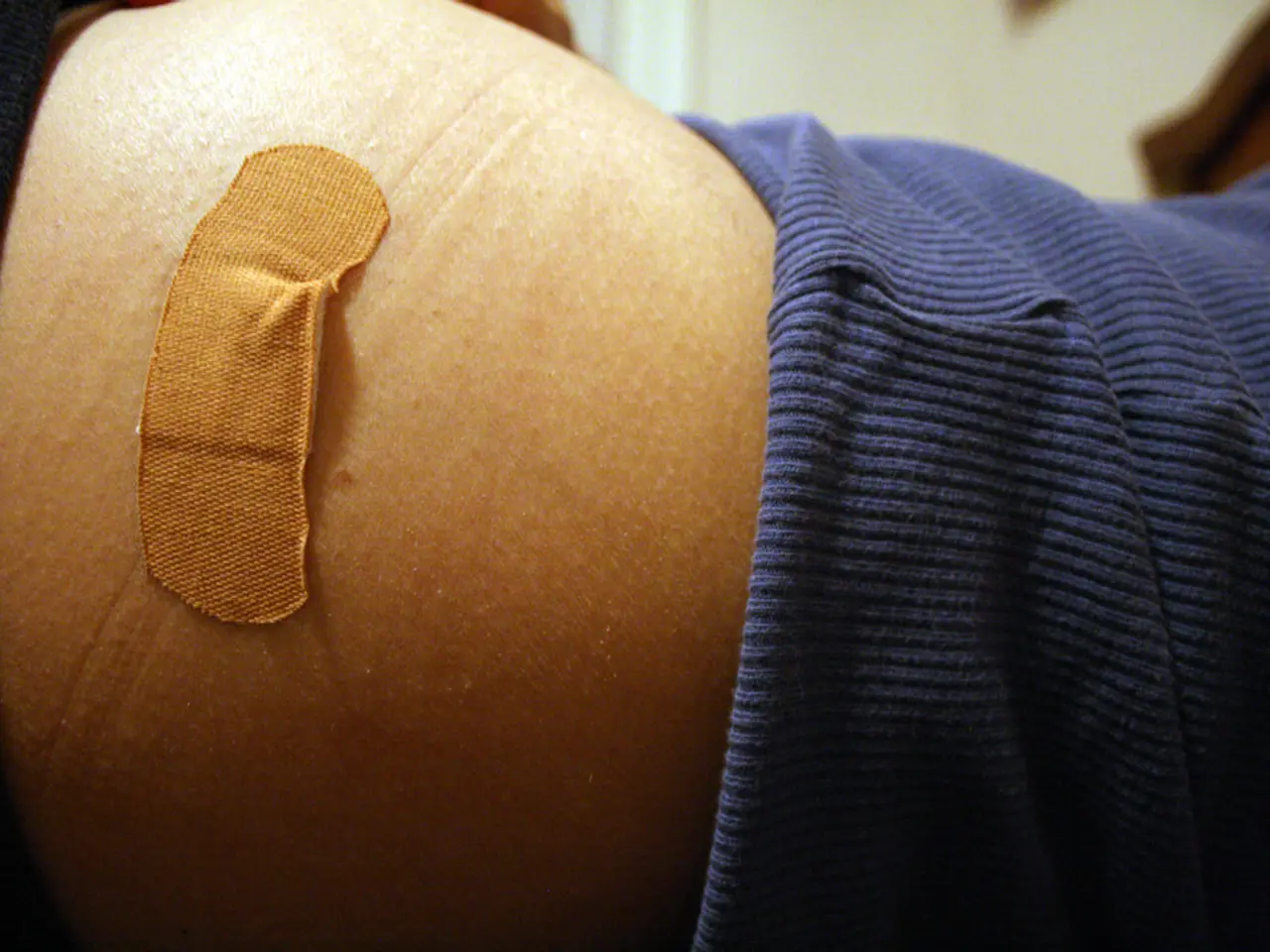Cosmetic Surgery Risks: From Hematoma to Fatal Complications
Cosmetic surgery, while enhancing appearances, carries inherent risks. A study reveals common complications, ranging from hematoma and infections to rare but fatal conditions like deep vein thrombosis and pulmonary embolism. Despite potential setbacks, the industry remains robust, with Americans spending over $6.5 billion in 2017.
Hematoma, a blood pocket resembling a large bruise, occurs in 1 percent of breast augmentation and facelift procedures, more commonly in males. Uncontrolled blood loss can lead to a drop in blood pressure with potentially fatal outcomes. Deep vein thrombosis and pulmonary embolism, though rare, are more common in abdominoplasty procedures and when multiple procedures are performed.
Numbness and tingling after surgery can indicate nerve damage, with 15 percent of women experiencing permanent changes in nipple sensation after breast augmentation. Disappointment with postoperative results is also possible, with issues like contouring, asymmetry, or dissatisfaction with the final appearance. Infections, including cellulitis, occur in 20 to 30 percent of breast augmentation patients, while scarring, including hypertrophic and keloid scars, occurs in 1.0 to 3.7 percent of tummy tuck patients. Seroma, a pooling of sterile body fluid, occurs in 15 to 30 percent of tummy tuck patients and can become infected if not drained. Liposuction, while removing fat, can cause visceral perforations or punctures to internal organs, requiring additional surgery and potentially being fatal.
Despite these risks, the cosmetic surgery industry remains lucrative, with Americans spending over $6.5 billion in 2017. Patients should be aware of potential complications and discuss them with their healthcare providers to make informed decisions.






